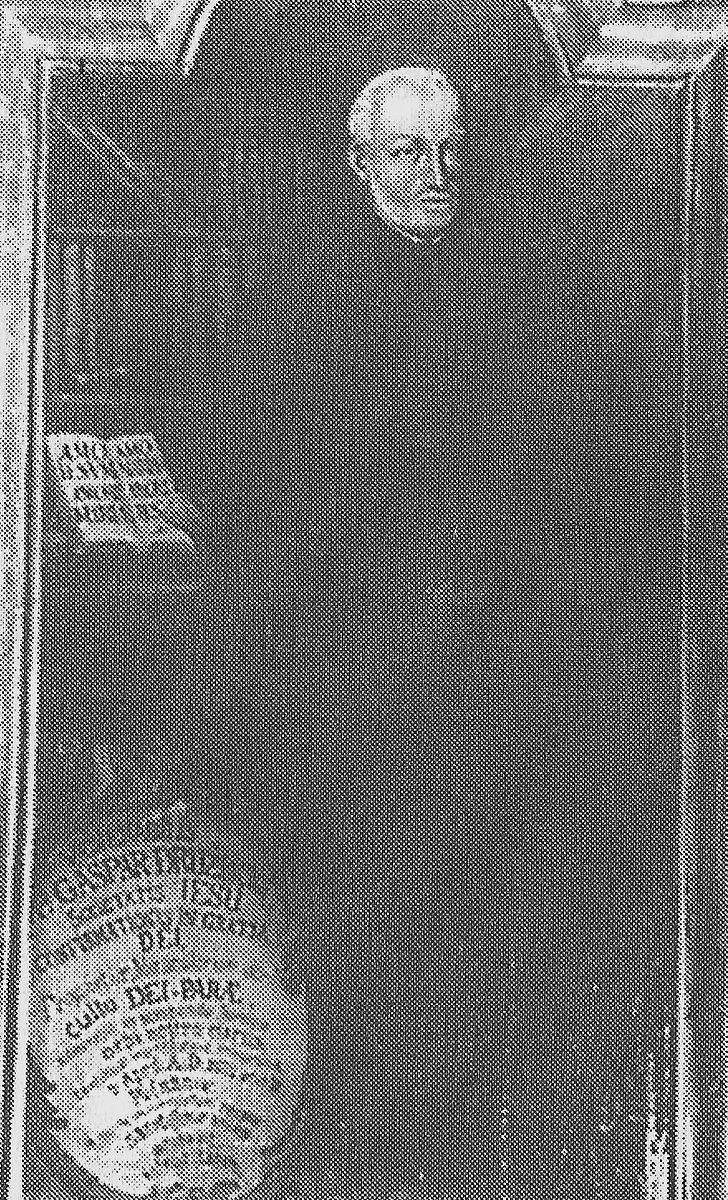 | ||
Mancipium Mariae (Latin the slavery/a slave of Mary) – a Christian devotion.
Its rules, referring to older traditions, were formulated from the inspiration of Jesuit Kasper Drużbicki in following works:
In ancient Rome mancipium meant the relation of subjection of one person to another, existing because of mancipatio (the reverse process is the emancipation), as well as a person subjected thus.
The devotion consisted on the act of yielding oneself prisoner to the Mother of God – of subjection to her will. Each slave of Mary had also the duty of praying a litany in the morning and evening and an office on Saturday. The sign of the slavery was a fetters-shaped chainlet with the inscription ego mancipium Mariae.
This sort of piety gained a great popularity in the age of Baroque (perhaps, among others, Wespazjan Kochowski used to practise it) and had a significant impact on the development of Marian worship in the Church.
